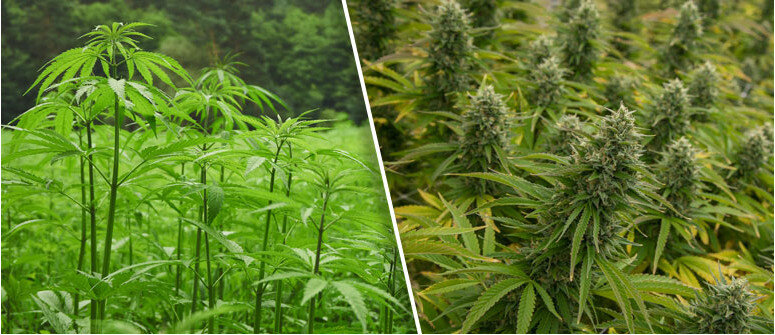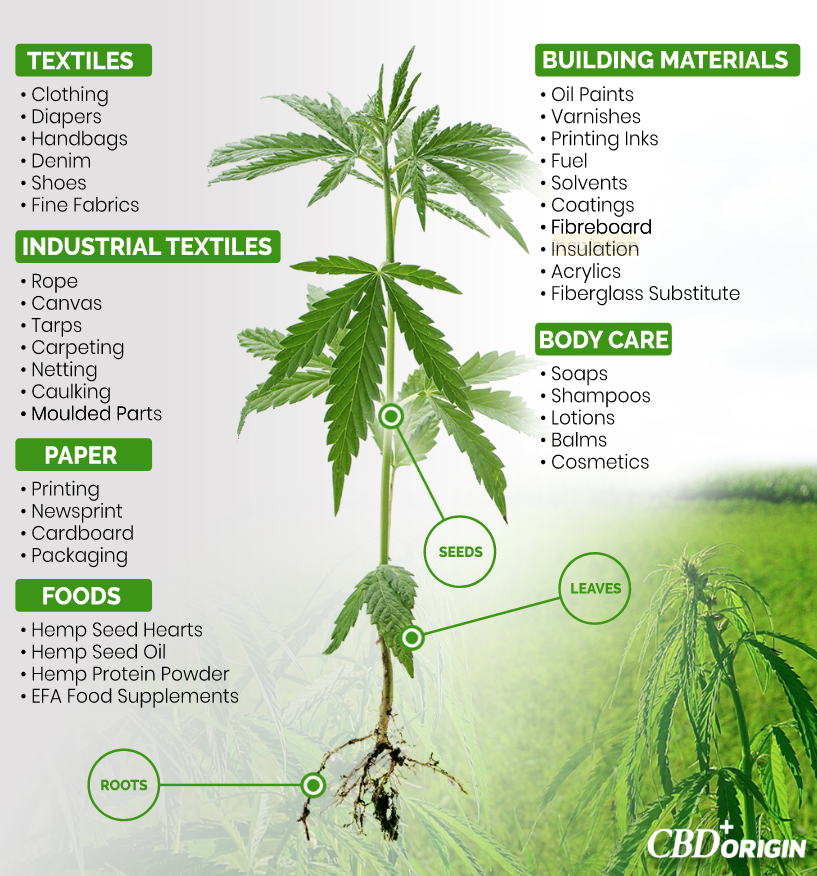Hemp: Rope or Dope
Do you have hemp-based lotion? Or maybe a backpack or notebook? Is any of your clothing made from hemp fabric? Most Americans have some sort of hemp-based product in their homes. Hemp fiber can be used for everything from food to fabric. In fact, cannabis (or hemp) is one of the most ancient agricultural crops (used for over 10,000 years!). It is referred to in ancient Chinese, Egyptian, and Greco-Roman literature. Cannabis is even referenced in the Old Testament! Ancient cultures used cannabis for medical and religious purposes, and hemp fiber was used for paper, fabric, and cordage—hence the term ‘rope or dope.’ As cannabis migrated west from China the plant mutated to acclimate to its new environments—cannabis traveling northward into Europe became Cannabis sativa (hemp) due to the colder climate, while Cannabis indica (a more psychoactive variety) was born in the warmer climes of India, Africa, and the Middle East.
Legally speaking, hemp is the Cannabis sativa plant with a THC content of less than 0.3% THC. While medical cannabis (bred for high THC and CBD content) is good for treating a plethora of medical conditions, industrial hemp promises to contribute to a broad swath of industries (from paper to clothing to using the seeds for food). Hemp also, generally speaking, contains high levels of CBD—a therapeutic, non-psychoactive chemical compound. Higher levels of CBD allow for more efficient extraction for medical products such as tinctures or gummies. If you purchase hemp sourced CBD products, however, be aware that many hemp CBD products are made from plants grown in large industrial settings, such as China, which makes finding out what’s in it difficult—i.e. were pesticides used? Where was it grown? (Where it is grown is important because of the plants’ bio-accumulator properties—meaning its roots absorb toxins. In fact, it is so effective as a bio-accumulator that cannabis was planted at Chernobyl after their nuclear contamination!)
Because of its many practical uses, British colonies in America were required to grow hemp to be used in making sails and rope for the ships traveling from Europe to the Americas—amongst other things. After the British were defeated in the American Revolution the newly established government continued to require farmers to grow hemp for its many industrial applications. During WWII—after the Marihuana Tax Act, the first bill to make cannabis illegal (check out our post on the beginning of the cannabis prohibition!)—the US government urged farmers to grow hemp to support the war effort in a campaign aptly named Hemp for Victory. In 2018 the US government passed the Farm Bill, allowing farmers to once again grow industrial hemp for the manufacturing purposes (but make sure you read the fine print, there are still many regulations and farmers are subject to legal penalties for not following them). This new law opens new research opportunities and gives hemp farmers access to the same government services that other commercial farmers have been benefiting from for the past several decades. So if you’re a farmer who is passionate about hemp and all its possibilities now, is your time!


